Vietnamese wood furniture is renowned for its exceptional quality, which is a testament to the country's position as a leading furniture exporter. The craftsmanship is evident in the diverse range of furniture that caters to various preferences and budgets, from luxurious pieces to more economical options.
The materials used in Vietnamese furniture making play a crucial role in its quality. An abundance of natural solid wood, including acacia, teak, walnut, eucalyptus, rubberwood, oak, and bamboo, provides manufacturers with the resources to create durable and aesthetically pleasing products. Each wood type brings its unique properties to the furniture, such as teak's strength and resistance to weathering, walnut's premium quality and versatility in style, and bamboo's durability and environmental sustainability.
Vietnam's wood furniture industry also emphasizes sustainability, with many plantations and suppliers offering products certified for environmental responsibility. This commitment ensures that the wood furniture not only meets high-quality standards but also supports ecological conservation.
The variety of furniture produced in Vietnam includes items suitable for both high-end custom stores and quality budget shops. This versatility is a hallmark of Vietnamese wood furniture, allowing it to meet the needs of a wide range of customers while maintaining a focus on quality and sustainability.
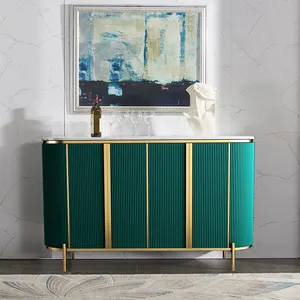
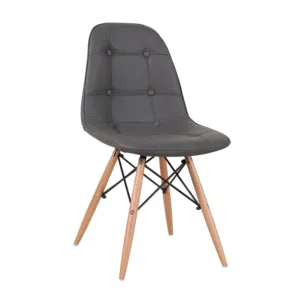

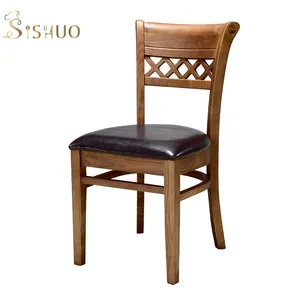
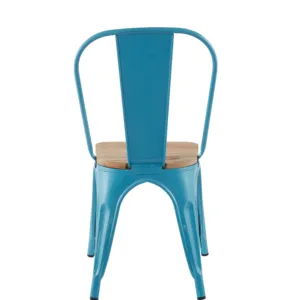

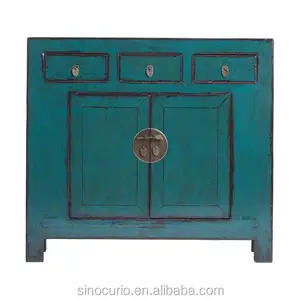
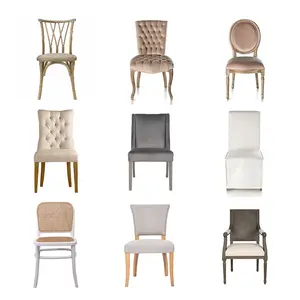

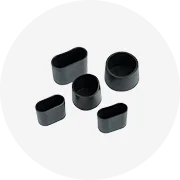
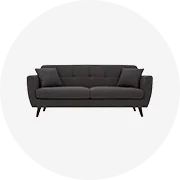


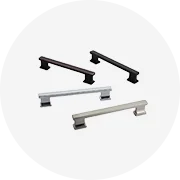
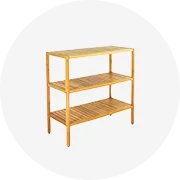

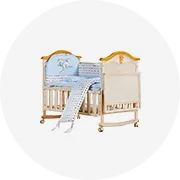








 浙公网安备 33010002000092号
浙公网安备 33010002000092号 浙B2-20120091-4
浙B2-20120091-4